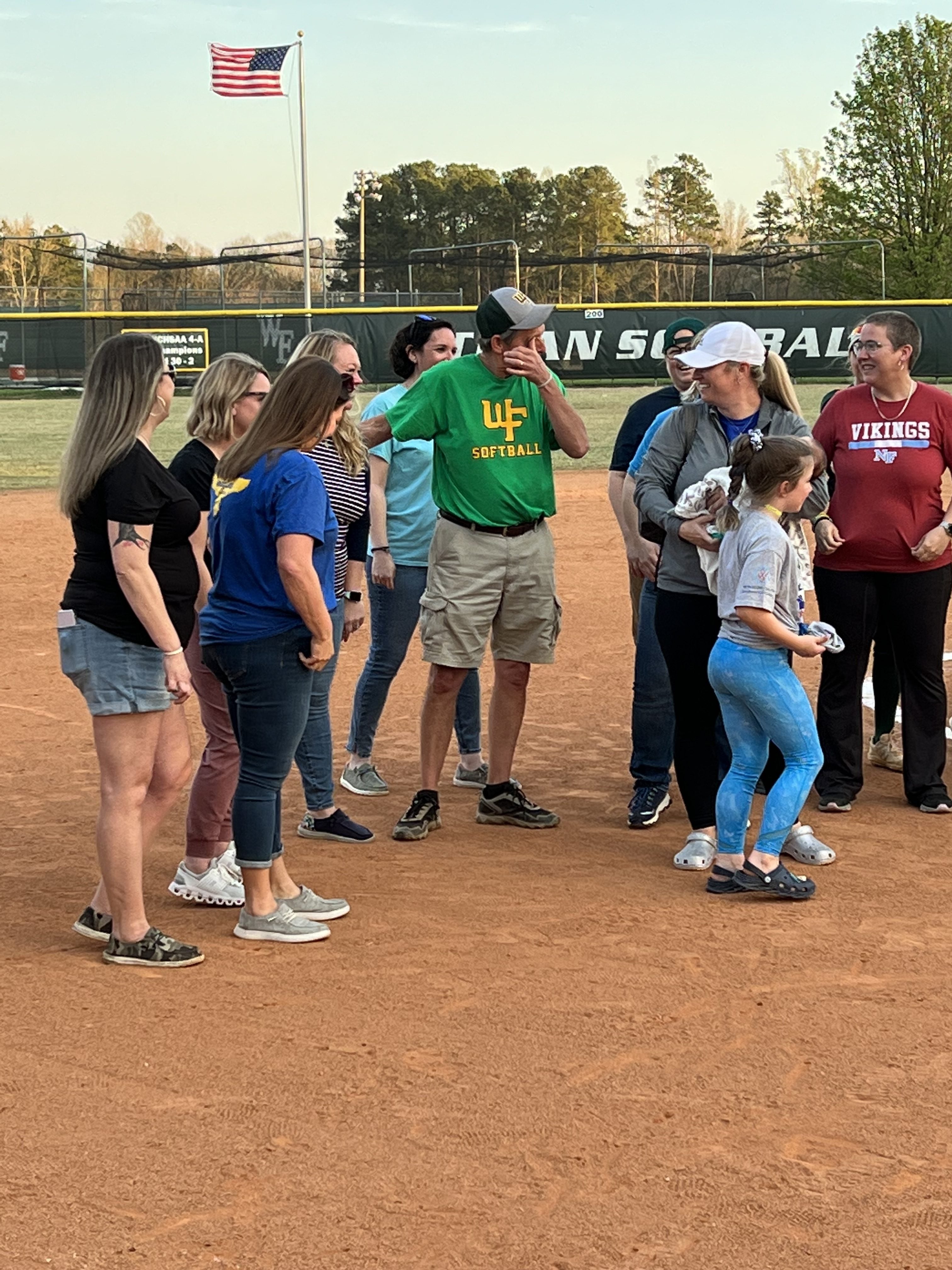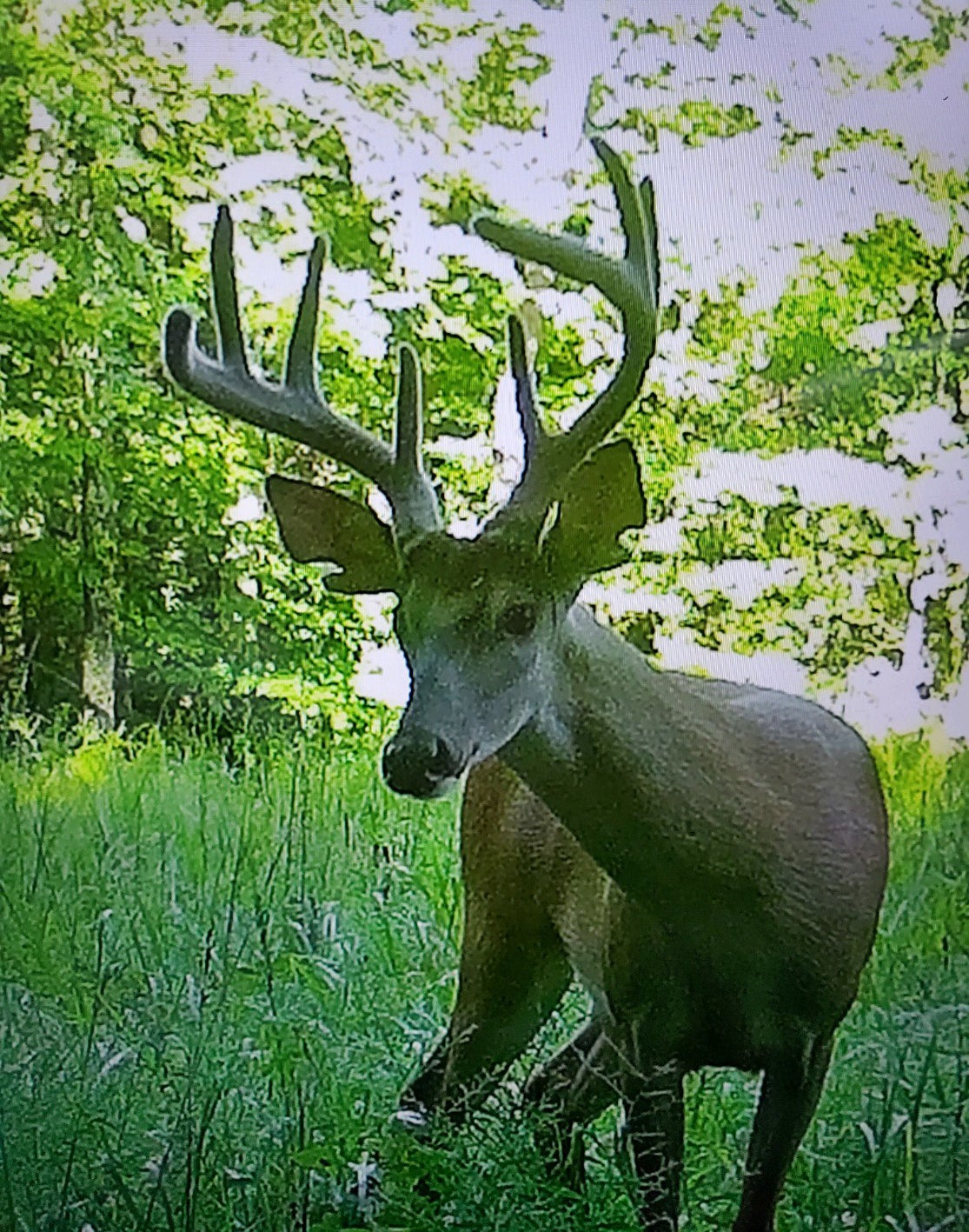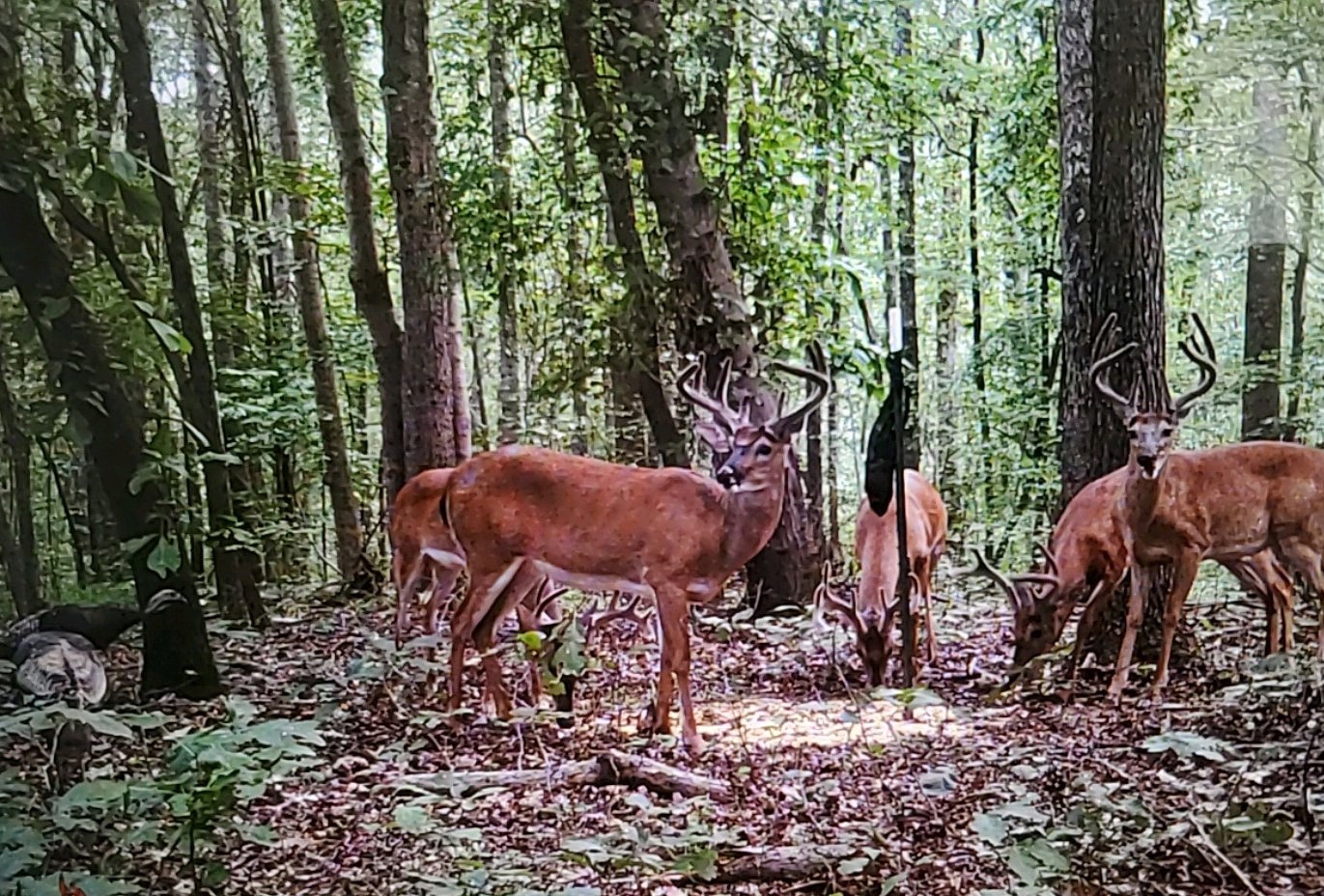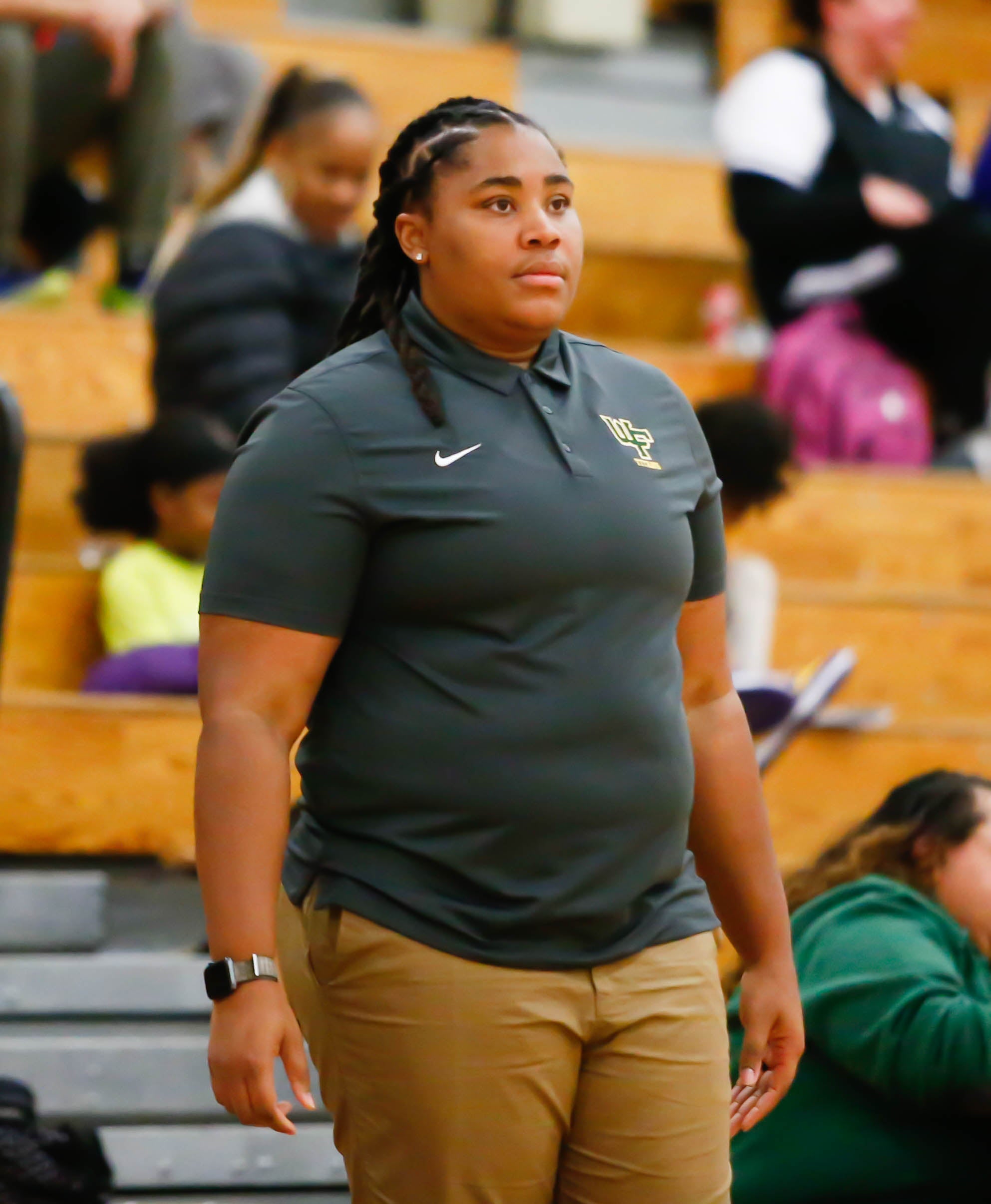Wanna step outside? It’s amazing what trail cameras see
Published 12:00 am Thursday, November 16, 2023
|
Getting your Trinity Audio player ready...
|
By Dan Kibler
For the Clemmons Courier
For about 30 years, I had the good fortune to be able to listen to some of North Carolina’s most-successful deer hunters tell exactly how they were able to bring Bullwinkle to the ground. Of about two dozen of the Tarheel State’s biggest bucks – all of which qualified for the Boone & Crockett Club’s all-time record book – I probably talked to almost every one.
One thing I learned was that, up until about 10 years ago, about half of those lucky hunters never knew that the huge bucks they dropped were even in the area they were hunting. A lot of them were chance encounters: Terry Daffron of Greensboro was gutting the first buck he ever killed, an 8-pointer, when the state-record typical whitetail wandered into range on a relative’s Guilford County dairy farm. He reached over, grabbed his rifle and killed the 181-inch stud. Don Rockett of Hickory was late getting to his stand in Person County — because of some gastrointestinal distress brought on by the previous evening’s meal of pinto beans — when he walked up on a little doe that crossed his path. He watched the doe until it stopped in a cutover, next to the biggest non-typical ever killed in North Carolina, a monster that exceeded 225 inches.
Out of those two dozen biggest bucks, probably half of the hunters had no idea what kind of buck was out there. They might have seen big tracks, big rubs and big scrapes, set up appropriately and tagged huge bucks — but they had no idea exactly how huge they were.
Everything changed about a dozen years ago with the advent of trail cameras, digital wonders that can be attached to a tree or bush on a hunting property to record anything that walks past and trips an internal motion sensor. The first models were elementary in their operation; you visited your camera every so often, removed a SD card, plugged it into a computer and scanned all the photos. Nowadays, they’re so fancy that their flash is infrared, and the photos can be sent to you digitally almost instantaneously to them being taken.
More than anything I’ve seen in 50 years in the deer woods, the trail camera has changed the way hunters target whitetails — or wild turkeys, as it turns out. A publishing company from which I retired several years ago (editing outdoors magazines) gave me the opportunity to talk with deer hunters from four different states to deduce how they killed their monster whitetails. Nowadays, a great majority of those successful hunters knew exactly what they were dealing with, having seen their huge bucks on trail-camera photos right up until the time they pulled the trigger.
Rare is it to talk to a hunter who didn’t know Bullwinkle was patrolling his or her woods and hasn’t chosen a stand site because he could somewhat predict his movements. I talked two weeks ago to a Mississippi hunters who killed a 180-class buck one afternoon, a couple of days after getting his first daylight photos of the buck in five years. He showed up, right on time, the first day the hunter had the right wind and weather conditions. It is potentially the biggest buck ever killed in Mississippi by a bowhunter.
My son and I have regularly kept four or five trail cameras on a 50-acre piece of property we hunt in the Piedmont. They have really added something to our deer (and turkey) seasons. They’ve helped us estimate how many deer (or turkeys) are using our property, the quality of their antlers (or beards) and where they like to hang out. Sometimes, the first thing some of my hunting buddies will do upon meeting me in the lobby at church, at the gas pump, in the big box store, etc, is to share the latest shots from their trail cameras. One of them even joked about it, saying we were looking at “deer porn.” I understood entirely.
I took a huge turkey in 2020 — 22 pounds, 5 ounces — that had shown up in trail camera photos lounging in a clover patch between 6:45 and 7 o’clock every morning the week before the season started. He was dead at 6:47 on opening day, 70 yards from the trail camera
A couple of things I’ve learned from deer hunters that spend a lot of time messing with trail cameras:
-
Don’t keep your cameras in the same spots from summer through the pre-rut, through the rutting season, all the way to the end of the season. If you’re baiting during the season (the only time it’s legal in many areas), you can keep a camera in the area of the corn pile to see how many deer are using it, not necessarily to check out bucks.
-
Move your cameras as deer change their feeding habits. Trails leading to agricultural fields are top-notch spots through the summer. When acorns begin to fall in early October, move cameras to big patches of oaks to see what kind of deer — does and bucks — are visiting them.
-
If there’s a persimmon tree on your hunting property, get a trail camera on it by the third week of September. Deer will flock to persimmons like perhaps nothing else when they’re falling.
-
When the rut approaches, setting up a camera along a scrape line is a great idea, because it will often show you the quality of the bucks you’re dealing with, and how often they’re making their milk runs — and at what times.
-
When the rut approaches, move cameras to the best food sources you can find. That might be acorns, it might be bait, it might be soft mast like locust pods.You want to know as much as you can about the places they greatest number of does are visiting, because bucks will be roaming everywhere, with no seeming idea what they’re doing, looking for female companionship.
-
When the rut is over, usually in early December, bucks will start to feed heavily to restore their strength. Find several good food sources — maybe a late-falling oak tree, maybe a food plot with brassicas — and set up a camera to see if you can pick out a pattern of movement.
As turkey season approaches, I like to have cameras on woods or logging roads in areas I think turkeys might be roosting. Gobblers like to get out in the open and strut for their ladies, and logging roads, especially nice, straight ones, are great places for a camera. Likewise, a spring food source like late buckwheat or oats, clover or even newly planted fields can be great spots to have a trail camera teach you about turkey movements. Any freshly cut field is also a great spot, because turkeys will chase grasshoppers and crickets that are suddenly available, and they can grub in those fields, the mineral soil suddenly visible.
Besides the deer and turkeys you get on camera, you may get some very interesting shots. I have one of a doe deer, on her hind legs, swatting at a turkey hen with her front hooves. Who knows what brought that on. I have every kind of predator: coyotes, gray foxes, red foxes, raccoons, opossums. Some of the gymnastic feats raccoons perform around corn feeders are Olympic-worthy. We have a trail-cam photo from a neighboring landowner/hunter of a young black bear who knocked over a tripod feeder one late-summer day and was working on the corn.
My favorite, however, might be the hawk. Several years ago, we found an old, rotting stump that seemed like a perfect place to start a mineral lick. We poured a good gallon of a mineral-salt mixture into that stump, and within a week, we had photos of every buck on the place, and all the ground around the stump in a 10-foot circle had been completely cleared, as if it had been vacuumed. One of those afternoons, the trail camera caught a majestic red-tailed hawk, talons extended, about to land on the stump. We had no explanation, other than the possibility that there was a squirrel we couldn’t see, inside the rotten stump, that he’d chosen as a dinner partner.
More Sports







